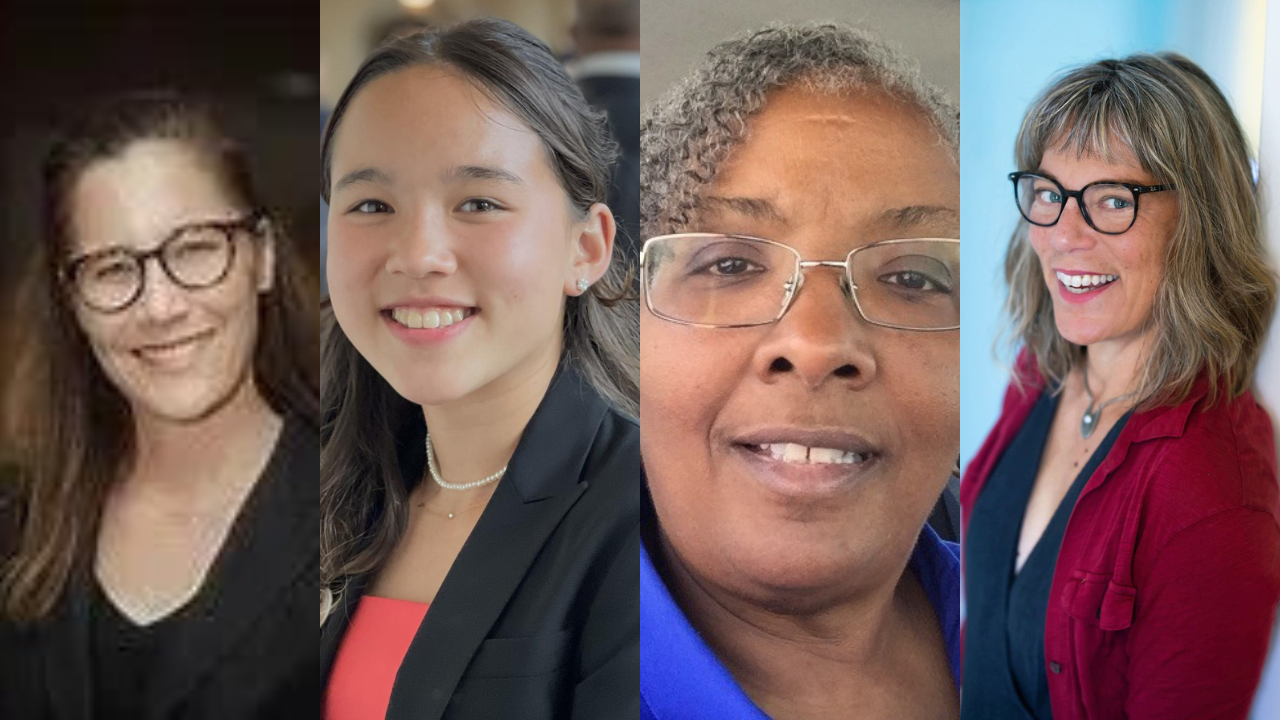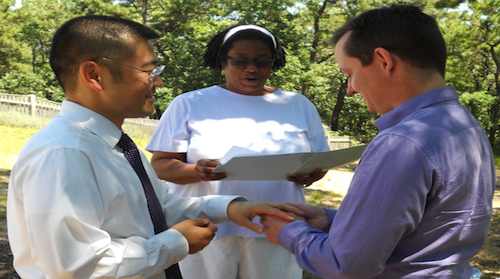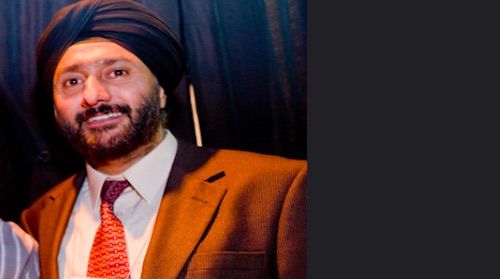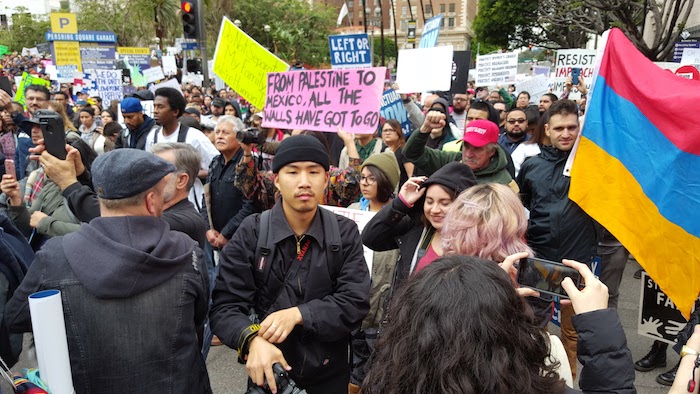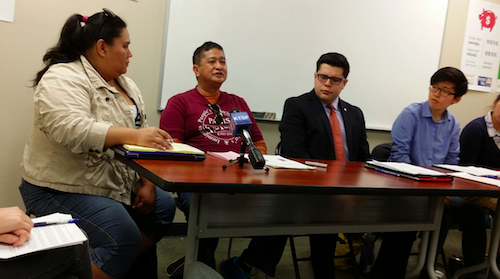Magazine, The Immigrant Experience
Bullying in schools has long been seen as an almost inevitable rite of passage for young people. It is a problem that often goes unreported, with both victims and bullies reluctant to share their experiences and seek help. However, the repercussions of bullying can last for years, even decades. In today’s society, where racial and ethnic tensions are on the rise, and social media platforms can fuel anonymous cyberbullying, understanding the dynamics of bullying in schools is more crucial than ever.
An Ethnic Media Services (EMS) briefing focused on the current state of bullying in schools, highlighting who the primary targets and perpetrators are and examining how bullying can contribute to a culture of hate in society at large. The panel of speakers included a diverse group of experts, including Becky Monroe, Deputy Director of Strategic Initiatives and External Affairs at the California Civil Rights Department; Dashka Slater, a New York Times journalist and author; Anahí Santos, Youth Wellness Coordinator at One Community Action; Mina Fedor, Founder and Executive Director of AAPI Youth Rising; and Connie Alexander-Boaitey, President of the Santa Barbara NAACP.
Becky Monroe, representing the California Civil Rights Department, emphasized the importance of addressing bullying as a civil rights issue. She pointed out that some forms of bullying are, in fact, acts of hate, and some may even constitute crimes. Schools have a legal obligation to provide a safe, inclusive learning environment, free from discrimination and harassment, targeting factors such as race, color, national origin, gender, gender identity, sexual orientation, religion, or disability.
Monroe stressed the real harm that unlawful discrimination and acts of hate inflict on young people and entire communities, particularly those living at the intersection of marginalized social identity groups. Acts of hate, as empirical research suggests, result in substantial physical and emotional harm to students. She also highlighted the disturbing trend of acts of anti-LGBTQ+ violence occurring on school property, which has been exacerbated by an increase in tension and hate in the broader community.
To address these issues, Monroe introduced California versus Hate, a statewide resource line and network that offers support and resources to those targeted for hate. The organization’s goals include providing people with information about their options, connecting them with culturally competent resources, and offering care coordination services to assist victims of discrimination.
Monroe expressed gratitude for the presence of other leaders in the briefing, who not only shed light on the harm caused by hate but also demonstrated the power of young people and solidarity across different communities. She highlighted the importance of truth-telling in the fight against hate and discrimination, as students and teachers reject divisive efforts and demand equal rights for all, reminding us of our common humanity and shared interests in supporting one another.
Dashka Slater, a New York Times journalist and author, introduced her book, “Accountable,” which documents a critical case that emerged from a severe cyberbullying incident within new school districts. Her book, titled “Accountable: The True Story of a Racist Social Media Account and the Teenagers Whose Lives It Changed,” delved into the origins and impacts of this story.
Slater had previously spent a decade working on books about teens, bullying, and hate, with her prior work, “The 57 Bus,” exploring the story of a young non-binary person set on fire on a public bus. Her books aim to examine the roots and consequences of these stories. She proceeded to provide insight into the case covered in “Accountable.”
The incident in Albany revolved around a young Korean-American student who created a racist social media account on Instagram. This account contained racist content, including images of lynchings, racial slurs, and other derogatory language, targeting black girls at the school, some of whom were the account creator’s friends. While only 14 followers existed, including the creator, approximately 10 students, mainly black girls, were targeted. This revelation had profound consequences, leading to a ruptured community, violent demonstrations, and legal disputes.
Slater then shared some concerning statistics. Online extremist content, especially focusing on race or ethnicity, has been encountered by 3 in 4 young Americans aged 15 to 25. One in 4 students aged 12 to 18 has witnessed hate symbols or words in their schools, and around 1.3 million students were bullied due to their identity during the 2018-2019 school year, with approximately half of them targeted based on their race. Moreover, a significant number of students under the LGBTQIA+ umbrella face harassment and assault.
Slater emphasized that many students involved in bullying are not inherently bigoted but may follow the lead of biased peers or imitate behaviors seen on social media. This alarming trend arises from extremist groups deliberately targeting young people with racist memes and videos, which then seep into mainstream channels.
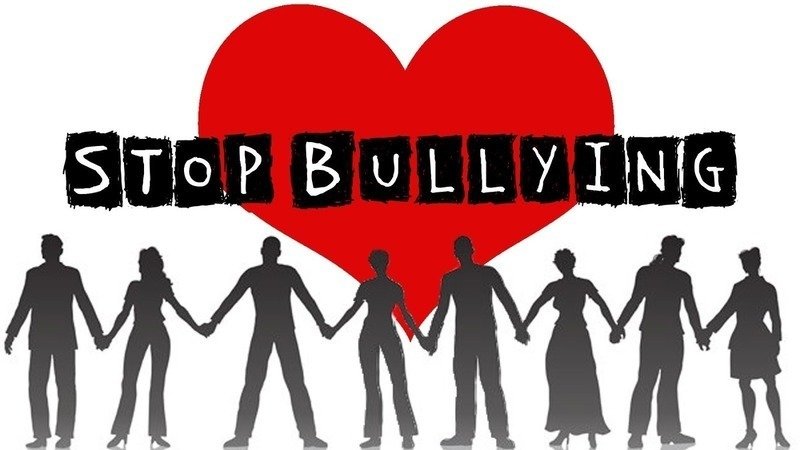
The rapid radicalization of students online is a grave concern, as they often lack critical thinking skills to analyze what they see. Furthermore, the algorithms continuously expose them to more extremist content, leading to their gradual immersion in these ideologies. This process occurs regardless of whether students come from liberal or conservative backgrounds.
In addressing these challenges, Slater stressed the need to move beyond mere disciplinary actions taken by schools and promote media literacy among students. Rushing to punishment falls short of what is required. Schools must investigate, affirm their values, support victims, and teach media literacy to help students identify and understand bigoted content online. The media’s role in this context is crucial, as it should not amplify the rush to punishment but rather encourage a more comprehensive response.
Connie Alexander-Boaitey, President of the Santa Barbara NAACP, brought her extensive experience as a career consultant within the school district to the discussion. As the president of a specific unit in Santa Barbara, she stressed the importance of recognizing that even in communities labeled as liberal, incidents of hate and racial bias persist. California’s annual reports, provided by the California Department of Justice (DOJ), reveal that Black and African American individuals, especially the youth, continue to be disproportionately affected by hate.
In Santa Barbara, where the Black and African American community makes up just 2% of the population, the impact on the local school district remains significant. While there are approximately 100 to 300 students in the district who identify as Black or Black biracial, the reporting highlights a much higher number of incidents targeting these students.
Alexander-Boaitey shared painful recent events, such as a racially motivated assault at a local junior high. The violence often begins with verbal abuse, where young Latino students frequently use racial slurs against Black African-American students. This verbal abuse has escalated to physical violence, with a particular incident involving a young man being attacked and chanted “George Floyd.” The aftermath of these events has often been lacking in resolution, support, and mental health resources for the victims.
She emphasized the connection between these events and the erasure of Black people in California. Efforts to marginalize Black communities contribute to the perpetuation of racial violence and bias within schools.
Alexander-Boaitey discussed the need for school districts to take meaningful action, especially following racial climate surveys. She also highlighted Senate Bill AB 1145, which provides clear guidelines for addressing such incidents and supporting affected youth. Mental health services and support must be prioritized to address the long-term impacts on these young individuals.
She pointed out the need for cross-community conversations, especially among Black and Hispanic leaders, which hasn’t happened yet. Erasure culture often hinders these discussions, dismissing incidents as isolated when they are recurring and detrimental to young individuals’ mental health and well-being.
The prevalence of racial slurs and their impact on mental health have led to high rates of suicide attempts among Black youths, underlining the urgency of addressing this issue. Alexander-Boaitey expressed the NAACP’s willingness to collaborate with California’s “Stop the Hate” initiative, emphasizing its necessity in combatting racial bias and hate.
Mina Fedor, the Founder and Executive Director of AAPI Youth Rising, introduced herself as a high school sophomore and expressed her excitement to be part of this remarkable assembly of speakers committed to community work. She conveyed her deep appreciation for the opportunity to address the audience.
Mina shared the mission of AAPI Youth Rising, an organization she co-founded over two years ago. The group’s primary objectives include advocating for inclusive education, fostering safer and healthier communities, and uniting against various forms of hate through coalition building, civic engagement, and awareness-raising. She detailed her journey into activism, which began during the early days of the COVID-19 pandemic, as her school in Berkeley went into lockdown. Witnessing the xenophobia surrounding Asian Americans, she initiated a small community gathering, which unexpectedly attracted over 1,200 attendees and underscored the importance of youth perspectives.
Mina stressed the immense diversity within the AAPI experience, encompassing 50 ethnic groups and over a hundred languages, varying generations, and mixed cultures. Even in progressive and liberal communities, she highlighted the persistence of hate and discrimination, particularly within the school system, where derogatory comments about Asians were normalized and endured daily.
Notably, Mina discussed the prevalence of hate even within the AAPI community, where some AAPI students target others, attempting to assimilate or uphold stereotypes. She highlighted the harmful impact of online hate, where students feel emboldened to make increasingly aggressive and frightening comments.
Mina delved into the idea that AAPI communities are often perceived as perpetual foreigners and model minorities, leading to harmful stereotypes and reinforcing those in power’s preconceptions. The lack of representation in media and history books also contributes to this issue. She emphasized that COVID-19 amplified these longstanding issues, bringing them to the forefront and creating an opportunity for addressing them.
Anahí Santos, a 21-year-old Youth Wellness Coordinator at One Community Action in Santa Maria on the Central Coast, addressed the assembly. Shed light on how bullying often originates from within communities. Anahí introduced herself as a Mixteca from the state of Oaxaca in Mexico, highlighting the predominantly indigenous population in her state. She emphasized that many from her community migrate to California, where Latinos often bully indigenous youth and others from Oaxaca, perpetuating a cycle of discrimination.
Anahí provided a striking illustration of the local gang dynamics, where gangs on the north side of the town primarily consisted of white Latinos. In contrast, gangs on the south side were predominantly indigenous or brown. In this challenging environment, bullying and social pressure often lead to self-preservation by participating in bullying rather than being a victim.
She elaborated on the struggle that young people face, where even at 12, they take on caregiving responsibilities for their families. Many adolescents must work during the summers and even request days off during the school week to provide for their families, highlighting the economic and social pressures within the Latino community.
Anahí noted that when Latinos are closer to whiteness, they tend to be safer, which is reflected in schools. Students with lighter complexions may target recently arrived minors from Central America or Mexico, further exacerbating divisions within the community.
She emphasized the importance of providing social-emotional support to students in high schools since they often lack access to therapy or healthcare. Anahí shared her support for the “NO MAYBE” campaign initiated by OCA in the Central Coast, which aims to address issues of colorism and racism within the Latino culture. Ethnic studies programs help students understand the experiences of their peers and foster a sense of pride in their own cultural backgrounds.
Despite the challenges and divisions within the Latino community, Anahí expressed hope for change and transformation. She described how they empower youth to reconnect with their cultural heritage, express themselves in healthy ways, and establish boundaries. Moreover, Anahí highlighted the importance of welcoming everyone, regardless of their background, to understand the community’s ancestral ways and work together to address the common challenges they face.
In summation, the conversations that transpired during the Ethnic Media Services (EMS) briefing illuminated the pervasive problem of school bullying and its far-reaching consequences in our society. Traditionally, bullying has been perceived as an unfortunate rite of passage for young individuals, often going unnoticed and unremedied. Nevertheless, its lasting impacts underscore the heightened significance of comprehending the intricacies of school bullying in today’s world, characterized by escalating racial and ethnic tensions and the proliferation of anonymous cyberbullying via online platforms.
In the present social milieu, the imperative to combat school bullying is not only a moral obligation but a prerequisite for constructing a more inclusive and harmonious future. The speakers underscored the necessity for a united effort involving educational institutions, communities, and policymakers to address this urgent issue and nurture a fairer and more compassionate society.
#SchoolBullying #CultureOfHate #BullyingEffects #CompassionateSociety #YouthWellness #EndBullying #Cyberbullying #SocialMediaImpact #DiversityMatters #StopHate #InclusiveEducation #EmpowerYouth #CommunityAction #BullyingAwareness #MentalHealthSupport #RacialTensions #YouthPerspectives

